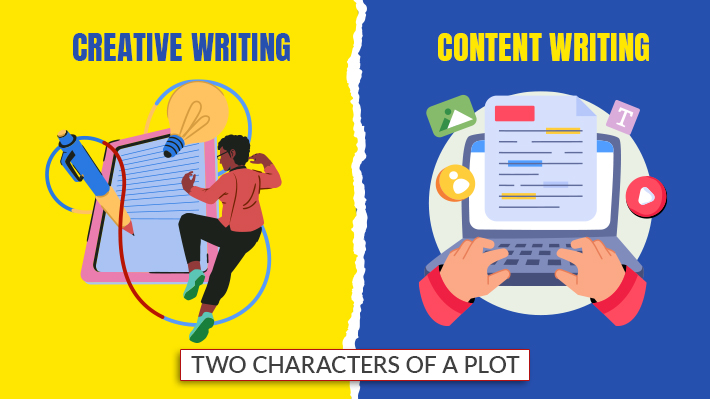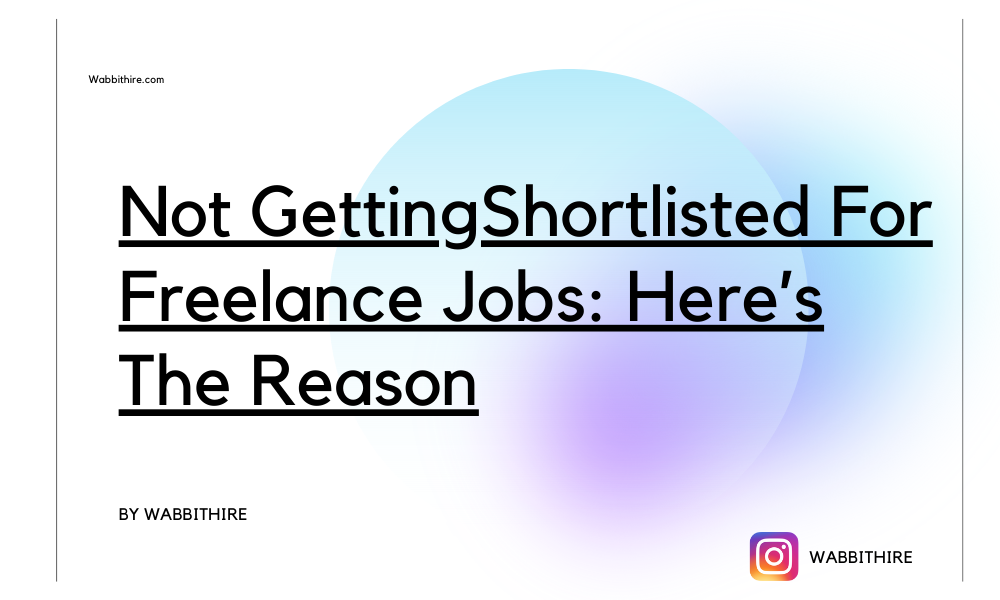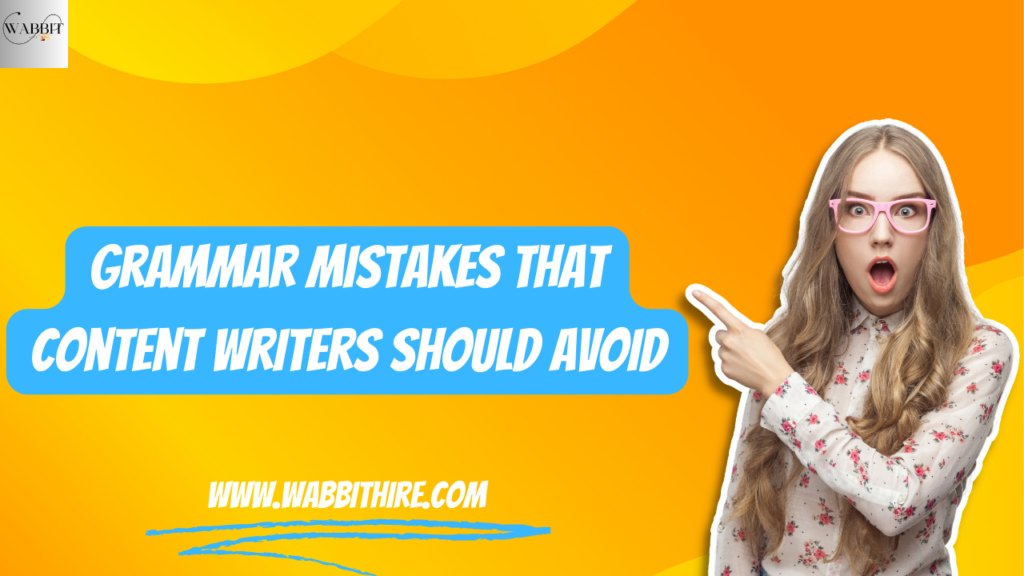Whether you write with a vivid imagination of the world or with precise detailing, the aim is to address the audience through the impactful magic of the words. That is how one should acknowledge the difference between creative and content writing. While creative writing entangles readers with curiosity and thrill, informational writing engages them with knowledge and purpose. If the informal tone of creativity touches hearts, the critical approach of facts awakens them. This article will help us understand their different rhythms, paths, and purposes.
How Do Differences Come To Alignment?
The curves of creative writing may seem different from the bold lines of content writing. While creativity boosts consciousness, conceptual writing sharpens logic. However, eventually, both form a single shape – the shape of knowledge, curiosity, thrill and understanding. First, we will explore the different paths they walk on:
Different Forms
The various forms of content writing are,
- Web Content
- Articles
- Blog Posts
- Press Release
And many more. Its primary presence is through digital media.
Creativity thrives beyond the digital world. It comes in the elegant smell of paper, eye-catching plays, and stories. A thoughtful novel, a philosophical drama, and a picturesque theatre are all forms of creative writing.
Subjectivity Or Objectivity
Content writing presents data, information and facts as they are. It serves the purpose of informing, educating and awakening the readers. It is an objective way of expressing ideas, as facts and data remain the same. Creativity is subjective. Every human has their own set of beliefs and ideas about the world. With subjectivity comes a sense of freedom of expression and perception. Thus, every reader has their own explanation of the same story.
Language and Expression
Writing a blog or an article requires simple, impactful language. Readers also find it easy to understand, with valuable insights. The language of expression should be professional yet conversational for better engagement.
In creative writing, the writer wants the readers to feel and imagine every word. The language could be complex, but with a beautiful flow. Creativity resonates to make people comprehend emotions and understand the extraordinary things of life, which they otherwise avoid noticing. Whether it is a poem, a short story, or a novel, all forms of creative writing are an opportunity to reflect for readers.
Purpose and Vision
The intent behind writing varies according to different uses. If writing a product description, the intent is to educate readers about it, thereby increasing sales. A press release, a report or an interview could have different purposes. Under content writing, the context defines the purpose and vision. It could be educational, an outcome oriental, or brand-building.
However, creative writing entertains the readers while educating them in almost every field of human vision. You could pick up an old novel or a recent short story; the connecting thread is a story beyond your ordinary senses. It not only sharpens the imagination but also encourages higher pleasures in life.
Structural Formatting
Content writing follows a proper structure and outline. Sentence or paragraph length and word limits are as per SEO. A clear structural outline grasps the reader’s attention and engages them. On the other hand, Creative writing is almost free of restrictions- long paragraphs with detail and many adjectives. More than the structure, the flow of the story matters.
Utility and Adaptability
Articles, blog posts, social media content and other digital content are the basic utilities under content writing. It primarily functions in digital media. Creative writing thrives in books, theatres, and screenplays. It uses art, emotion, and depth to address the audience and provide them with valuable content.
End Result and Intention
Outcomes of content writing include an increase in branding, digital promotion, and click-through rates. The main intent behind writing good content differs according to each idea, whether it is to promote, educate or inform. Creative stories, plays, and scripts are to entertain and raise awareness among the audience. It intends to make them reflect on their biases, beliefs and ideas by giving them a new vision and world to experience. Though these two characters travel on different roads, somehow they reach at the same destination. Let’s understand that,
The Common Destination
Whether you write an article or a short story, the sole purpose is to serve people. The writer wants to convey something to his readers. The message could be informational, reflective, or philosophical. Words are the weapon. Both content and creative writers use the power of words. Whether the content is for digital or print media, the words and their intent make the difference.
Writing is an art- a form of expression through words, emotions and tone. Art can have different forms, yet it is a single unit. Writing a play, a story or a news article is different yet fundamentally the same. Words are being used to address humanity and serve a purpose. To understand the role of creativity in writing content, read our blog.
Conclusion
With creativity, you could create valuable content. Despite the differences, both art forms complement each other just as love and knowledge complement each other in life. You wouldn’t be able to write an engaging news article without knowing the art of presenting words with the flow of a story. Altogether, you can’t write an excellent story if you’re not aware of the current scenarios of the world.
So why wait for now, when you can learn how to write worthy content with creativity through the Wabbithire content writing course? In this course, you’ll learn the art of content writing and enhance your creativity to express and reflect.
Follow Wabbithire for more such creative blogs.




